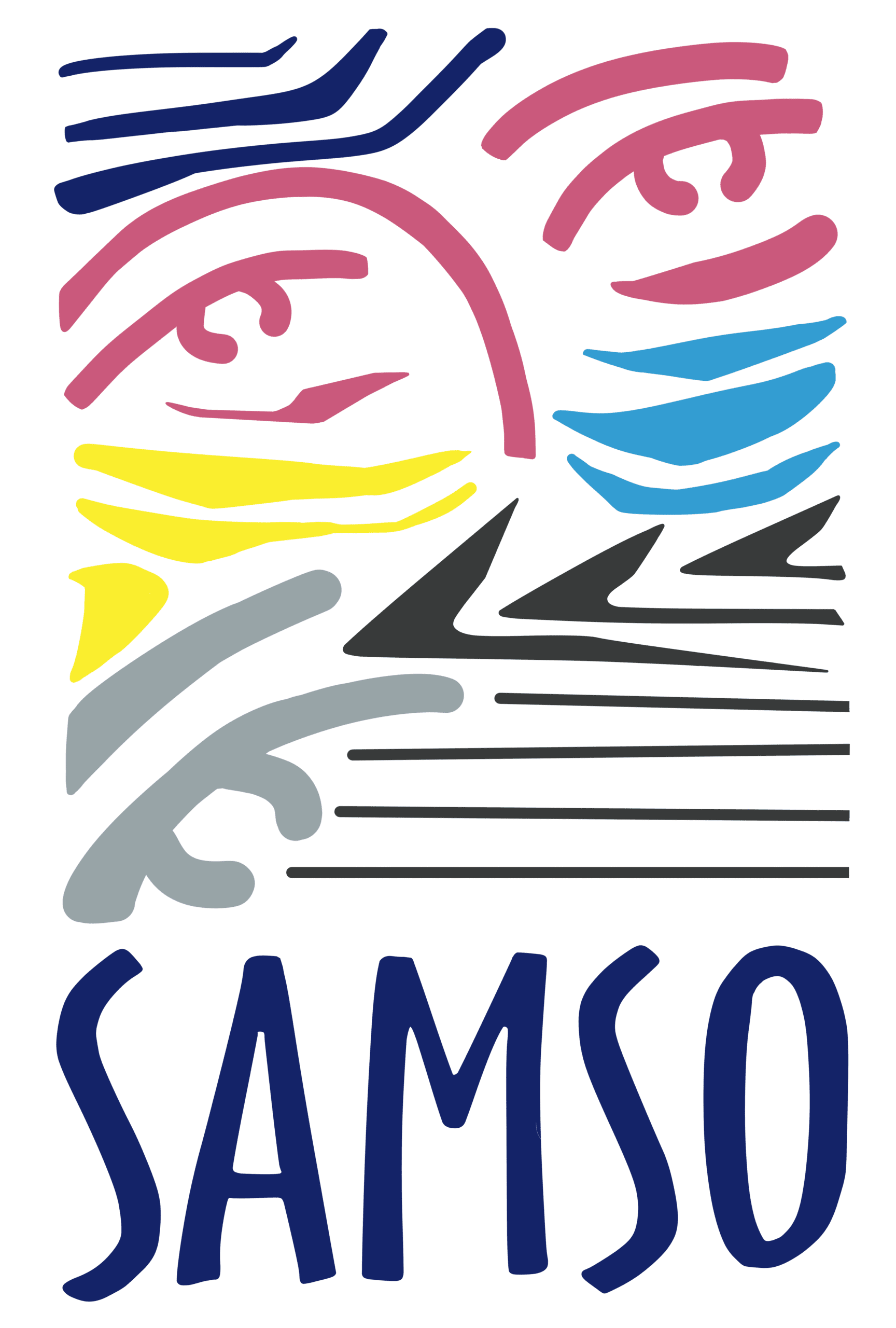Back to: How to tackle the rise of the anti-gender movement
0
An intersectional lens approach helps to connect and address the multiple forms of discrimination that people experience. Only by doing this will we be able to uphold human rights for all.
This approach involves:
- Reflecting on our power and privilege. You can use a tool like Wheel of Power and Privilege (like we did in week 1) to notice how your social identities play into this and think about discrimination you do or don’t experience. Intersectionality recognises that we all bring personal values and beliefs based on our own unique experiences.
- Listening and learning from other diverse groups in your community that don’t share your privilege or reality. For example, a white woman may be used to seeing herself reflected in the mainstream news and histories about the feminist movement. But what about seeking out the stories of those who have been marginalised by this movement?
- Considering ways to redress power imbalances and being aware of power in relationships, including your own. People may experience power in one context or time and oppression in another. For example, a cisgender woman may experience misogyny and oppression in her day life but in her gender activism community may hold more power than the trans women and gender diverse people in the group. Practical actions could be to prioritise listening over speaking in a meeting and to ask how to be a useful ally to the gender diverse members of the group.
- Ask yourself who and what is missing from each conversation about gender justice. Consider this quote by activist and lawyer Mary Matsuda:
‘The way I try to understand the interconnection of all forms of subordination is through a method I call “the other question”. When I see something that looks racist, I ask, “Where is the patriarchy in this?” When I see something sexist, I ask, “Where is the heterosexim in this?” When I see something homophobic, I ask, “Where are the class interests in this?”’
Discussion
Think of a gender justice issue you care about, what is missing from the conversation? How are they interconnected?
























Leave a Reply